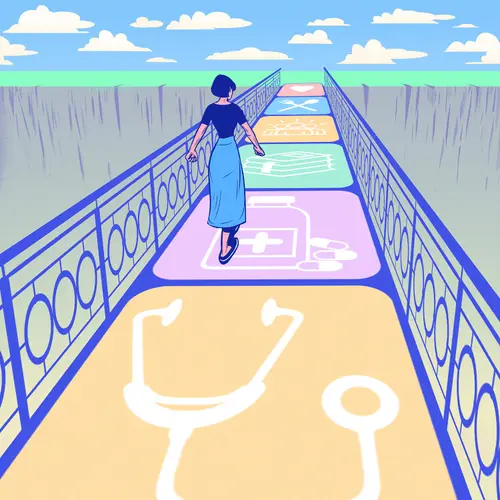When you're caring for someone recovering from a stroke, one of your main goals is to help them be as independent as possible again. This checklist can help.
Grooming
- If you’re helping brush their teeth, choose a toothbrush with a longer handle, and a tube toothpaste with a flip-top. You may want to stock up on dental floss picks instead of regular floss. They can be used with just one hand.
- Make grooming tools and bottles easier to pick up or use with one hand. Secure them in place on the counter with suction pads. Or pour liquids into travel-size bottles that can be held and opened in the same hand.
- An electric shaver will be safer than a razor.
Bathing
- Using a tub is harder and more challenging than a shower. But if you must use a tub, put a special bathtub seat at the rim so they can get in and out easier. For safety, the tub or shower should have grab bars attached to the walls, non-slip floor strips, a shower stool, and a hand-held showerhead.
- When moving them into the shower, make sure the wheelchair brakes are on and the footrests are out of the way before you help them move onto the shower seat. Let them take their time. If they want to wash themself, stay nearby in case they need help.
- Put out the bathing supplies before you start. A long-handled brush can make washing easier. They can put on a terry cloth robe and non-skid slipper socks (or aqua socks) after bathing so they doesn't need to dry off with a towel. Smooth on lotion to keep their skin from drying out.
Getting Dressed
- If you are helping them dress, tell them what you are doing first so you nothing comes as a surprise. If they are dressing themself, lay out their clothes and have them sit while they are putting them on. Have a footstool there do they can put their feet on it and make it easier to put on socks and shoes. They should use their strong arm to dress their weak side first and to take clothes off their weak side first.
- Dressing is easier for stroke survivors if they wear loose-fitting clothes in soft fabrics, slip-on shoes, elastic waistbands, and clip-on earrings and ties.
Eating
- If swallowing or chewing is an issue, puree foods or prepare soft foods like mashed potatoes, eggs, cottage cheese, and soup. Try nutrition drinks and liquid supplements if they are not eating enough.
- Get tools that can help. If they have trouble using regular utensils, try forks and knives with larger handles, and rubberized pads to hold plates in place.
- When you prepare meals, follow their health team's diet advice if they need to lose weight or lower their cholesterol levels or blood pressure.
Activities
- You may not need to help them do their daily exercises. But be nearby. They may need you if they have trouble reading or remembering how to do an exercise.
- Play cards, memory games, crosswords, and other puzzles to help memory and thinking skills.
- Play music on their "neglected" side (usually the opposite side from the brain injury), so they need to turn to hear it. A computer screen may show them some colorful visuals that also draw their attention, making their more aware of that side.
Healing from a stroke takes time -- and patience. Progress can happen over the course of a month, a year, or longer. As a caregiver, you can help your loved one keep hope, solve problems, and discover new ways of doing things.

